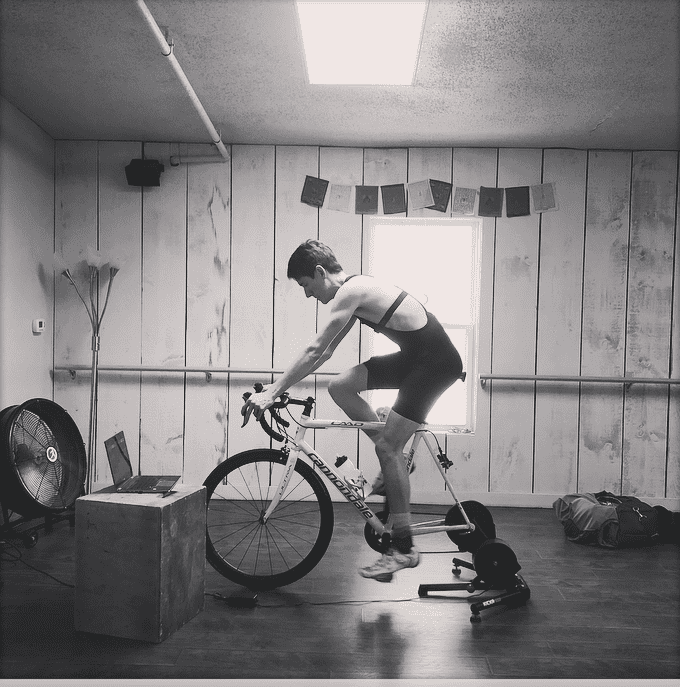Today my goal was to discuss a few common stumbling blocks that coaches and athletes hit and suggest some possible ways to avoid.
How to Describe Intensity
1) Using ‘Race Pace’ as an intensity level .
Referring to race pace is most common in running where we can suggest that a run be done at a certain pace (e.g. 10km pace). It becomes more vague to suggest an athlete do a ‘race pace’ effort if their race is more variable (i.e. MTB or Cross). There are higher and lower intensity periods in both race types. It is perhaps better to use a HR or Wattage or RPE metric to explain whether the effort should be a steady/longer interval or a harder/short term explosive interval. The difference between a 2 x 20min interval set and a 5 x 2 interval set is fairly significant and the feelings associated with both in training are not that dissimilar from a race while executing the set.
2) Max effort, Maximal, Max out, All Out … Any reference to ‘max’
I use Max efforts fairly often in my prescription (and my own training) but as a coach I try to do some work upfront to explain that max does not mean DNF. So if we are doing 5 x 2min hill intervals then 3 x 2 min and then crying and riding home is not what is being suggested by Max. I am resistant to avoiding the use of max because I think learning to ride at ‘max sustainable’ pace is important to success in racing. Learning to ride our limits and build/maintain pace at different duration is important. Best results are found by not rushing into workouts that say ‘max’ and building pace through each individual interval and also as you appoach the end of the set. Empty the tank on the last few intervals and rarely will you be disappointed in the results.
3) Rate of Perceived Exertion (RPE) and Feeling.
Feeling is important to develop. I find the various RPE scales frustrating as an athlete and coach. I have gone from using 6-20 scales to 1-10 scales and then refined what the 1-10 scale meant as I learnt more about it. Establishing some qualitative metric of the work you do can be helpful in tracking improvement and fatigue. Having a scale can also help you understand pacing and this whole topic of intensity and zoning.
Using the 5 x 2 min interval set again, the first 2 might be done at a 8-9/10 effort and then the last 1-2 at 10/10 effort (RPE) but the distance covered and wattage might be very similar.
4) Critical Power (CP) and Threshold (FTP)
A final common way to prescribe work is relative to a test result. FTP and Critical power are most common and can be very useful. Do your 2 x 20min sets at CP30-60 and your 5 x 2min at Cp5 or Cp6. This can help reduce the vagueness of ‘race pace’ we talked about earlier, especially when combined with RPE, Heart Rate and a general understanding that not everyday should/will be a best day of wattage.
In closing I think the biggest breakthrough I have had in my thinking is to take whatever the interval set is we are doing and assume it is best sustainable pace. With few exceptions (i.e. tempo) this makes everything very simple. If we need to ride up a hill 5x today then we will do it the fastest we can without failing to do so, we do not need to cloud this by saying ‘faster than race pace’. Further, keeping an ongoing discussion of the goal of the workout, the week and the block of training helps athlete and coach stay on the same page.





